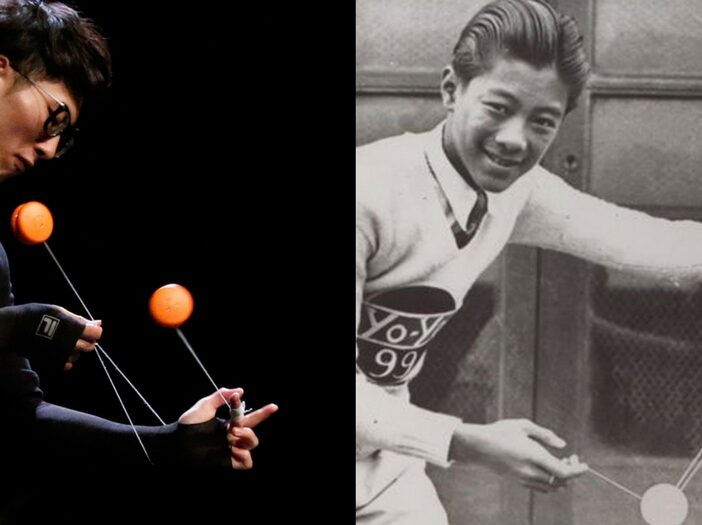
Future Generations Of Yo-Yo
As popularity spread through the 1970s and 1980s, there were a number of innovations in yo-yo technology, primarily regarding the connection between the string and the axle. In 1979, dentist and yo-yo celebrity Tom Kuhn patented the “No Jive 3-in-1” yo-yo, creating the world’s first “take-apart” yo-yo, which enabled yo-yo players to change the axle.
Swedish bearing company SKF briefly manufactured novelty yo-yos with ball bearings in 1984. In 1990, Kuhn introduced the SB-2 yo-yo that had an aluminum transaxle, making it the first successful ball-bearing yo-yo.

In all transaxle yo-yos, ball bearings significantly reduce friction when the yo-yo is spinning, enabling longer and more complex tricks. Subsequent yo-yoers used this ability to their advantage, creating new tricks that had not been possible with fixed-axle designs.There are many new types of ball bearings in the market which deviate from the original design and/or material of the standard stainless steel ball bearing. For example, a certain type of bearing has an inward facing curved surface, to prevent the string from rubbing on the sides of the yo-yo, which would cause unwanted friction when performing intricate string tricks. Other manufacturers replicate this with a similar inwardly curved surface but use minor modifications. Some high-end bearings use ceramic composites in the balls of the bearing, to reduce internal friction, again making for a smoother spinning yo-yo.
Click “Next” to find out what happened next in the history of the Yo-Yo World Championship!
